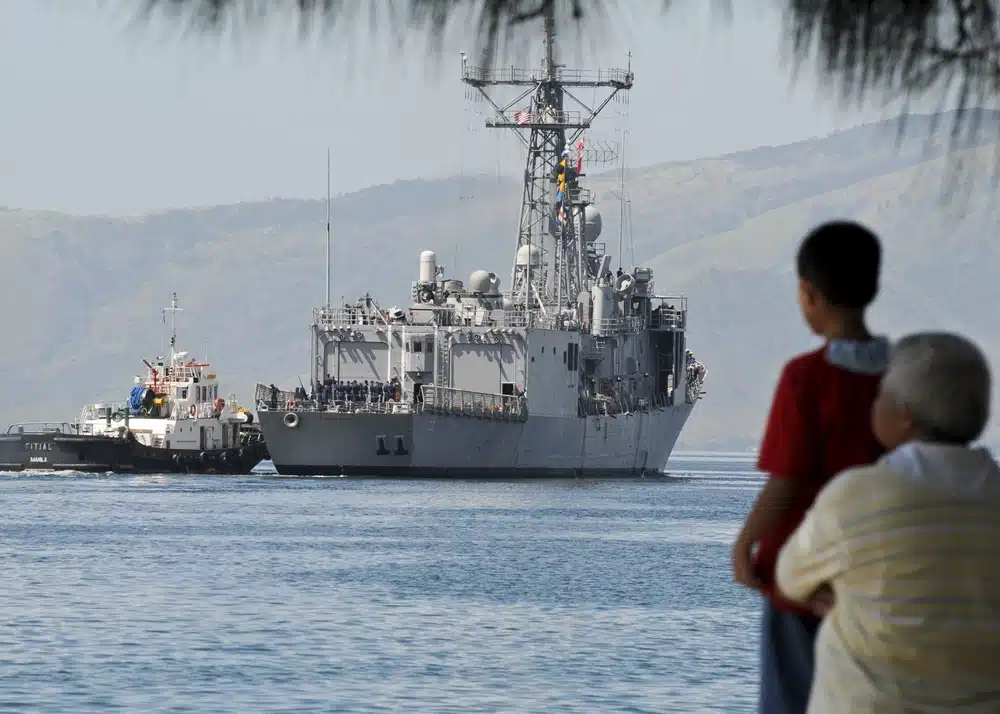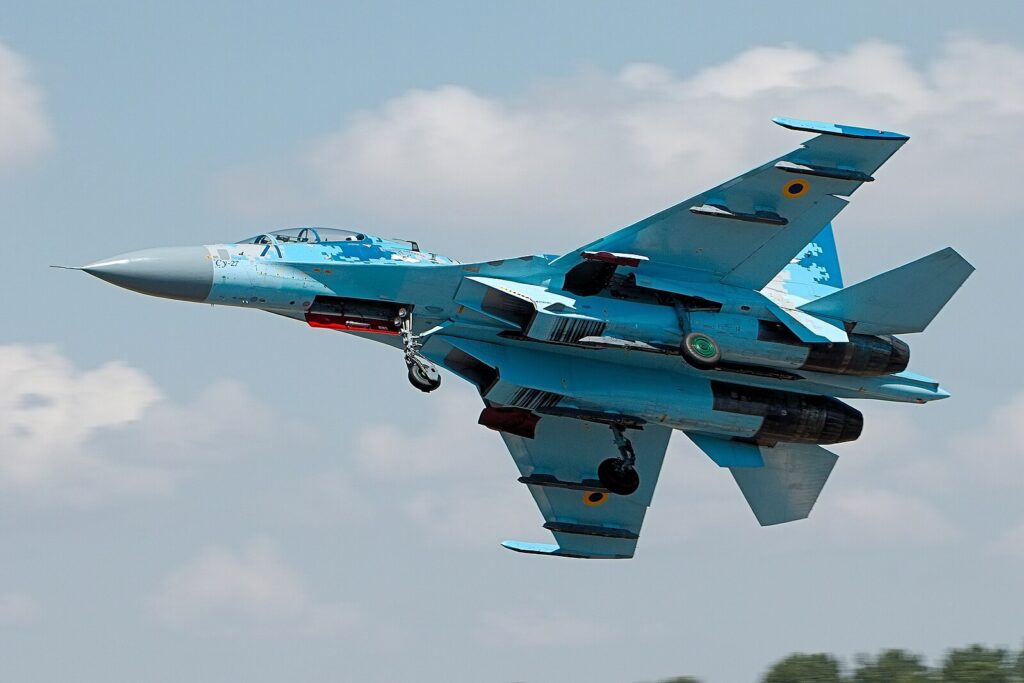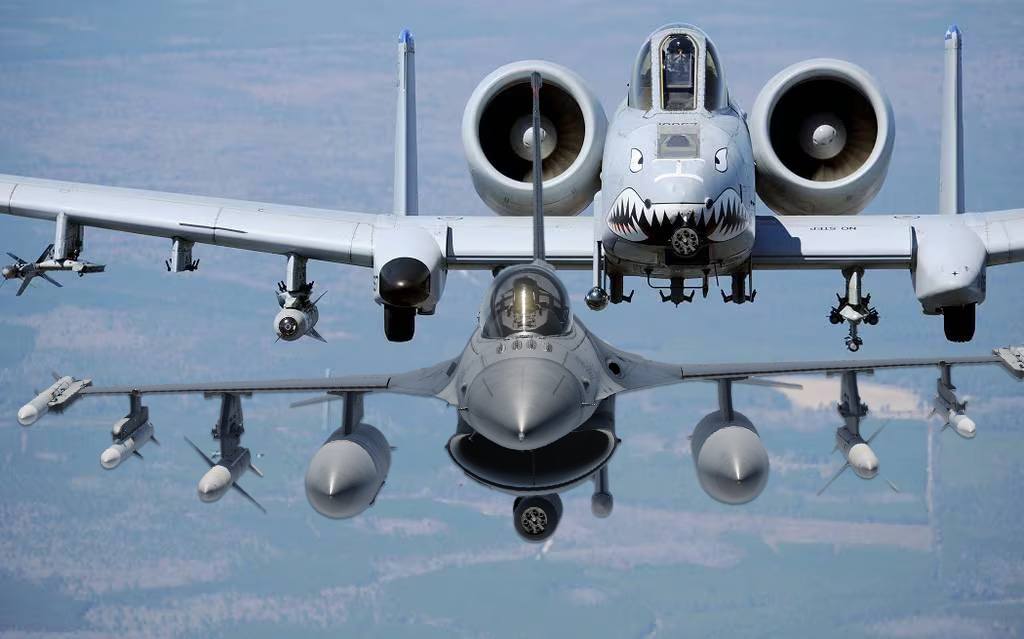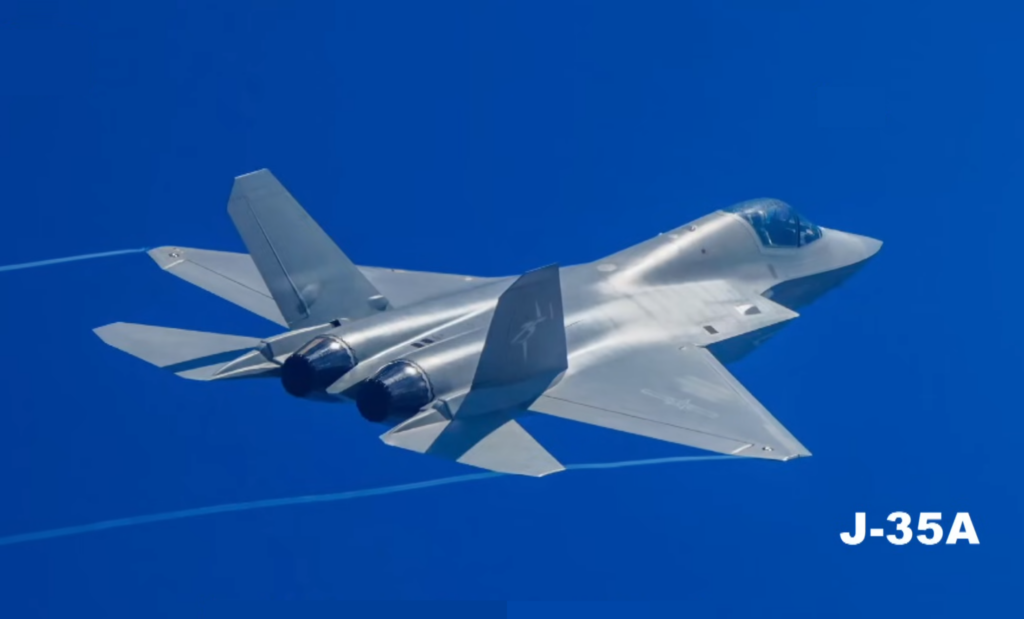The US is increasing its presence in the Philippines with an eye to China
- By Steve Balestrieri
Share This Article

The U.S. will be expanding its presence in the Philippines with the establishment of new bases as the security situation in the Indo-Pacific is growing more complex
An official announcement is expected as early as this week as Defense Secretary Lloyd Austin is meeting with his Filippino counterpart Defense Secretary Carlito Galvez Jr. and other high officials in Manilla. Secretary Austin visited Japan earlier this month.
The US is “strengthening and bolstering our regional alliances and partnerships to ensure that our combined deterrent is stronger than ever before” to sustain and ensure regional peace and security a senior defense official said.
The security situation in the region needs to change in response to China’s attempts to change the post-WWII rules-based order, the official added, saying that America’s network of allies is vital in deterring aggression.
The U.S. base expansion will include access to existing Filipino military bases, including two strategic bases on the northern island of Luzon. The two bases allow the U.S. to respond faster to potential Chinese aggression against Taiwan, they also help bolster Filipino defenses and allow faster response to natural disasters.
Related: The US military would likely prevail against a Chinese invasion of Taiwan (but at great cost)

Following a maritime zone dispute between China and the Philippines in November, U.S. Vice President Kamala Harris visited the country and voiced support for the Philippines under the 1951 Mutual Defense Treaty.
“An armed attack on the Philippines armed forces, public vessels, or aircraft in the South China Sea would invoke U.S. Mutual Defense commitments,” Vice President Harris said at the time.
The Philippines was an American colony until just after WWII. In 1951, it signed a mutual defense treaty with the U.S. and until the 1990s, it hosted Subic Bay and Clark Air Force Base which were, respectively, among the Navy and Air Force’s largest overseas bases and major hubs for U.S. operations during the Korean and Vietnam wars.
Relations between the two countries deteriorated during the administration of Philippine President Rodrigo Duterte who aligned with China and threatened to end the Visiting Forces Agreement with the United States.
President Marcos Jr. has maintained good relations with Beijing but is pragmatic and knows that China is his nation’s biggest threat.
“We anticipate that 2023 will be a very exciting year for the alliance,” a senior defense official traveling with Secretary Austin said. “Right now, I think we’re seeing a very positive upswing in the trajectory of the relationship.”
Feature Image: A Filipino father and son watch the guided-missile frigate USS Crommelin get underway after participating in Cooperation Afloat Readiness and Training Philippines, October 2010. (Photo by Petty Officer 1st Class Thomas Brennan/U.S. Navy)
Read more from Sandboxx News
- Taiwan has big plans for its missiles if China were to invade
- Are Russia’s Su-57 and China’s J-20 really stealth fighters?
- Is concern over the Pentagon’s recent report on China justified?
- China’s military buildup in the Spratly Islands sparks fears of military confrontation
- China conducted ‘influence operations’ through TikTok before US midterms, according to FBI director
Related Posts
Sandboxx News Merch
-

‘AirPower’ Classic Hoodie
$46.00 – $48.00 Select options This product has multiple variants. The options may be chosen on the product page -

‘Sandboxx News’ Trucker Cap
$27.00 Select options This product has multiple variants. The options may be chosen on the product page -

F-35 ‘Lightning’ Framed Poster
$45.00 – $111.00 Select options This product has multiple variants. The options may be chosen on the product page
Steve Balestrieri
Related to: Breaking News, Military Affairs

Where do NATO reporting names come from?

How US Special Forces took on Wagner Group mercenaries in an intense 4-hour battle

F-16s carrying the A-10’s 30mm cannon actually saw combat

How does China’s new J-35 stealth fighter compare to America’s F-35?
Sandboxx News
-

‘Sandboxx News’ Trucker Cap
$27.00 Select options This product has multiple variants. The options may be chosen on the product page -

‘AirPower’ Classic Hoodie
$46.00 – $48.00 Select options This product has multiple variants. The options may be chosen on the product page -

‘AirPower’ Golf Rope Hat
$31.00 Select options This product has multiple variants. The options may be chosen on the product page -

‘Sandboxx News’ Dad Hat
$27.00 Select options This product has multiple variants. The options may be chosen on the product page
